Part 4: Jupiter's "Galilean Satellites"
The four moons of Jupiter are known as the “Galilean satellites”. They are the largest moons of Jupiter which makes them easier to see. They have now been observed by several NASA space probes. In order of distance from Jupiter they are:
Io
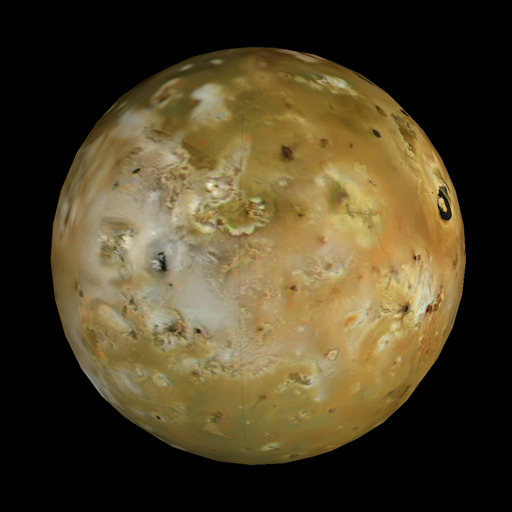
Jupiter's strong gravity squeezes Io and heats its interior. This causes Io to have intense volcanos, which spew sulfur and sulfur dioxide into the surroundings, giving Io a red, orange, and white appearance.
Europa
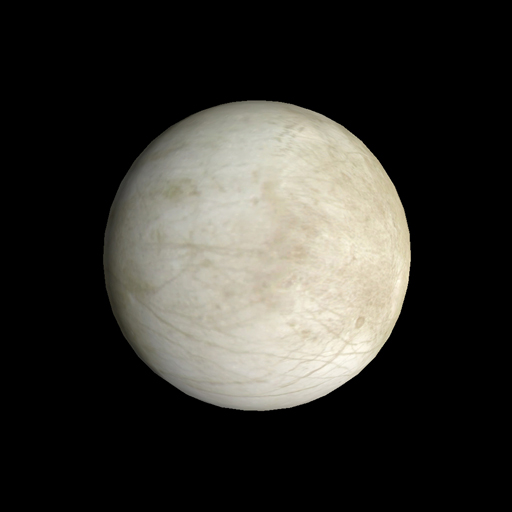
Europa is the next furthest away and it is not heated as much by Jupiter's gravity. It has an icy surface a few kilometers thick. Below this surface there is thought to be a water ocean a few hundred kilometers deep. The icy layer moves on the surface of the ocean and this causes cracks and fractures which produce the surface features we see.
Ganymede
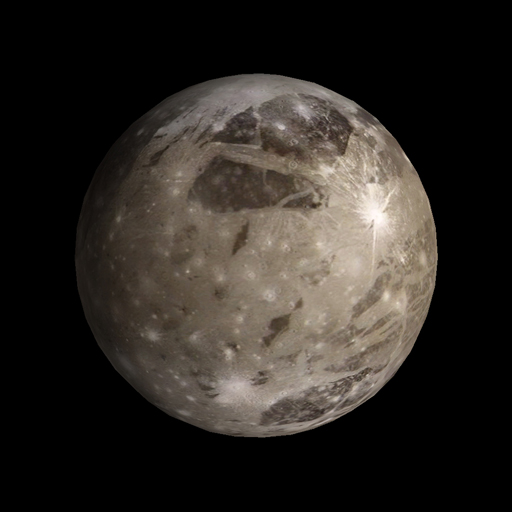
Ganymede is the largest moon of Jupiter, and the largest moon in the Solar System. It is actually even larger than the planet Mercury. The impact craters seen on its surface suggest that Ganymede is not changing its surface very much. The surface does show some grooves and cracks produced by geological activity a long time ago.
Callisto
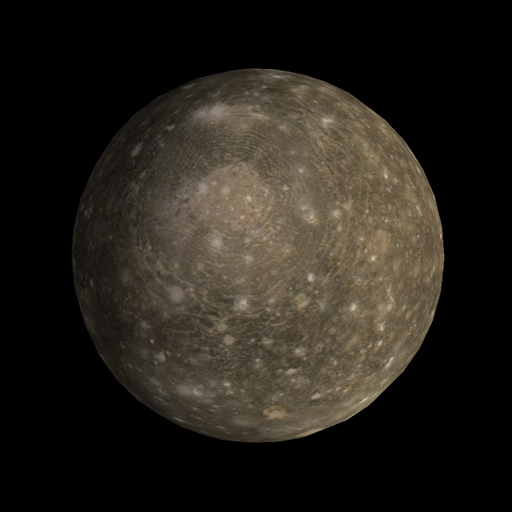
The most distant Galilean moon, Callisto, also has many impact craters. Jupiter does not heat Callisto by tidal forces, so it remains a static ball of ice. The old craters and lack of surface features indicate that not much is happening there.
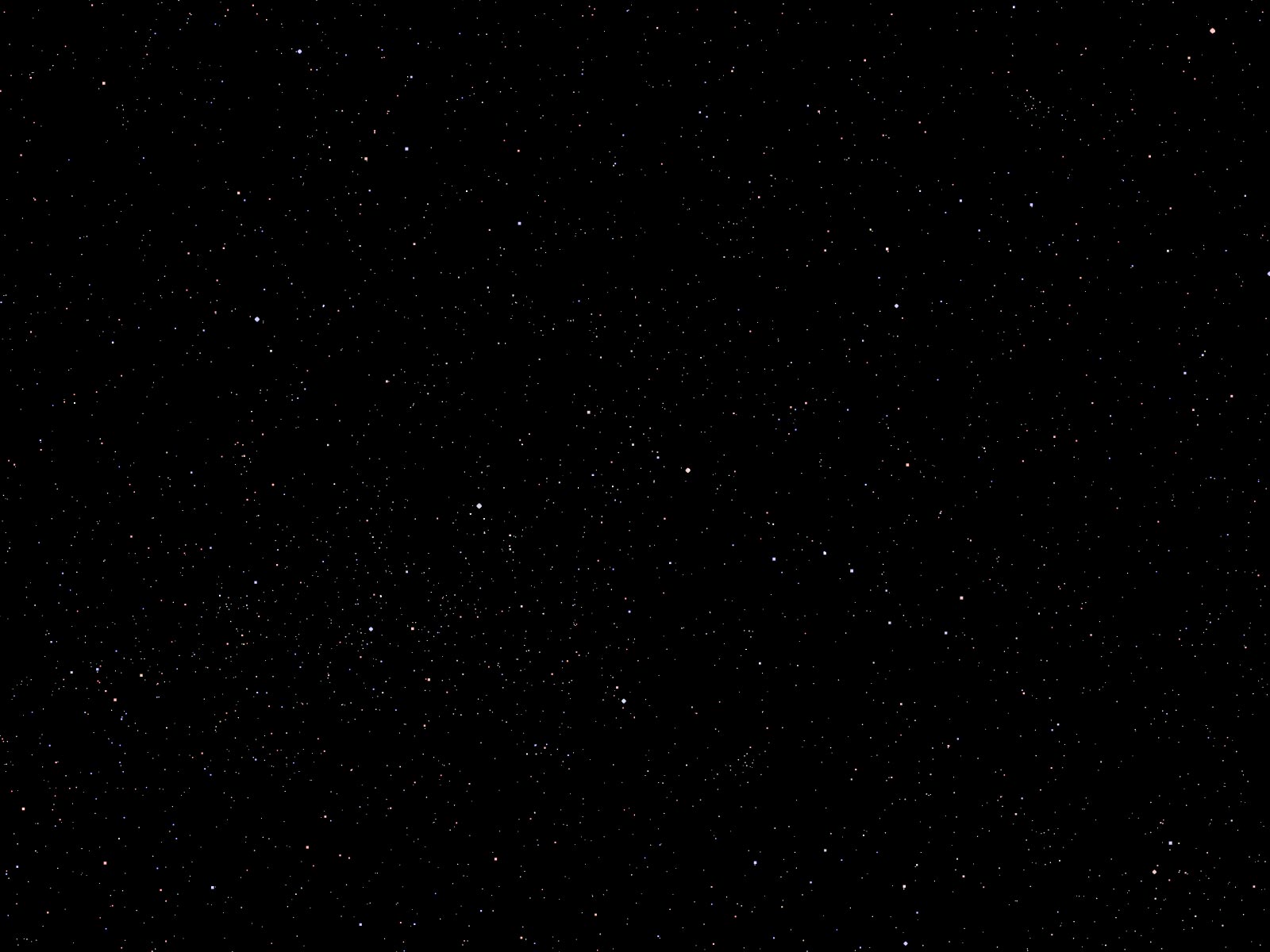

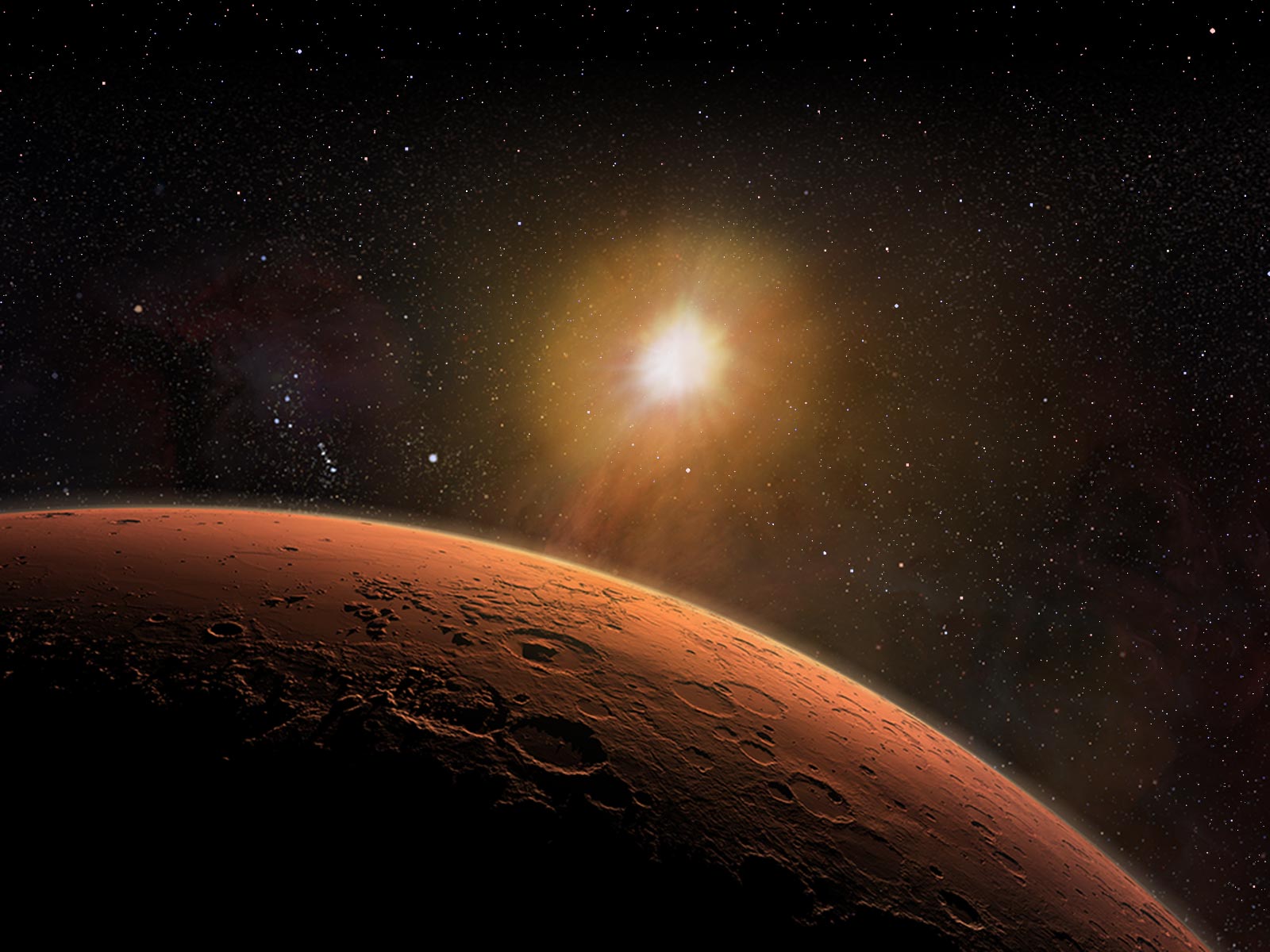
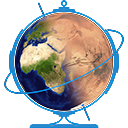 U.Mars — Encyclopedia
U.Mars — Encyclopedia



